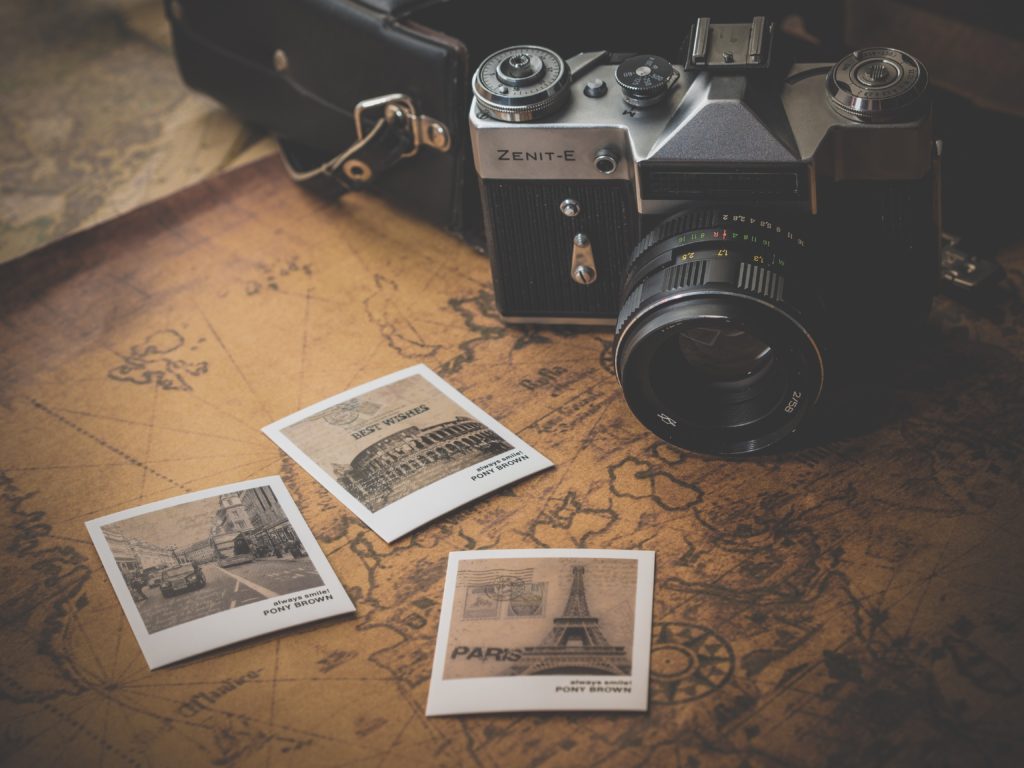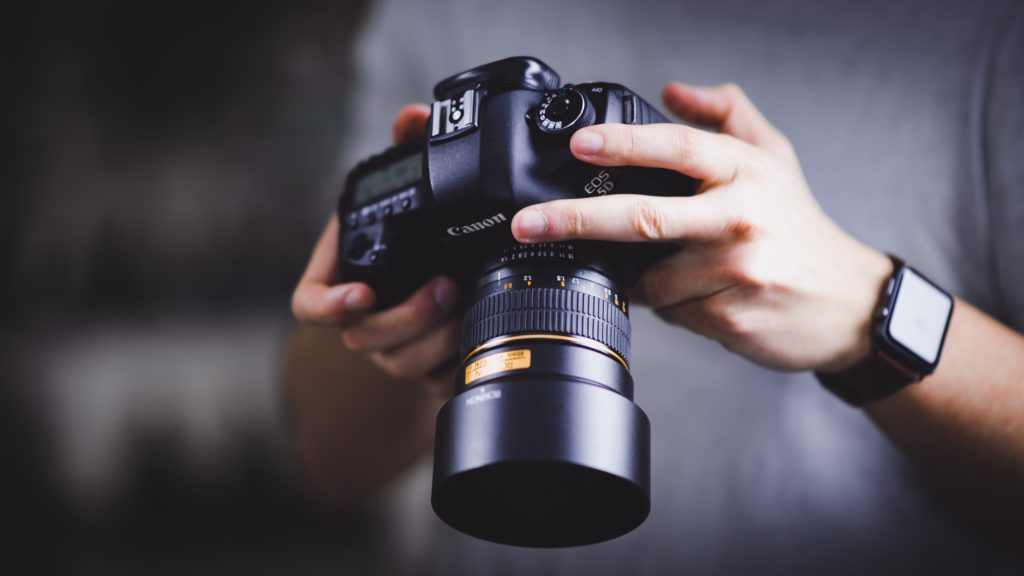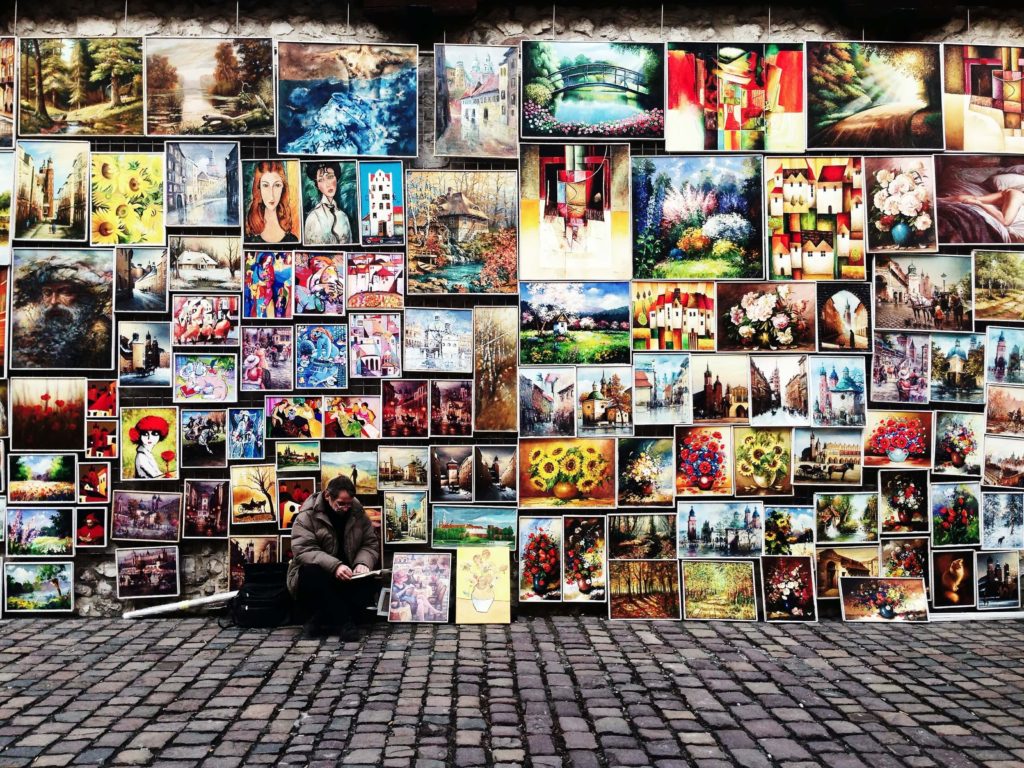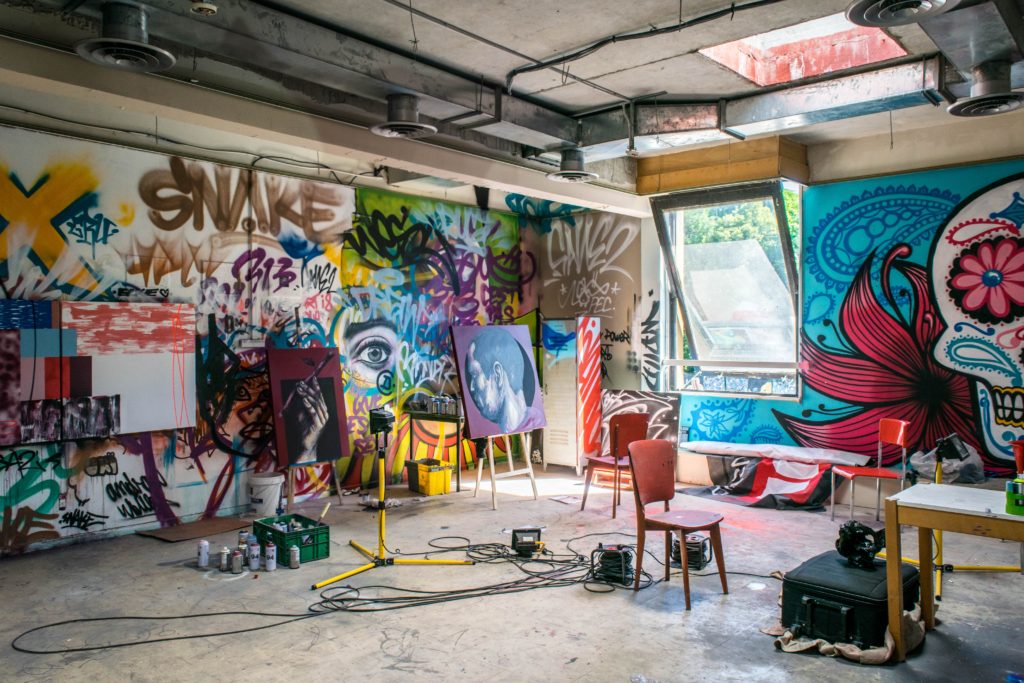I am not sure if it’s some kind of a natural joke or just mere coincidence, but I think that skills and talents are equally distributed.
Some people are good with spoken words but are having a hard time writing. Some people are great with numbers, but poor with words.
And yes, some artists are gifted in using a different medium but are struggling in expressing themselves or even their artworks in words.
And so we cannot avoid the fear of some artists when it comes to writing their artist statement.
But honestly, there’s nothing to be afraid of and you don’t need an artist statement generator.
Moreover, you don’t need to have a knack in writing or to write like a poet to come up with a striking artist statement.
In this article, I will share some ways that will help you how to write an artist statement that will capture your audience.
How to Write an Artist Statement for Photography?

It’s been said over and over again that a picture paints a thousand words. Hence, images and artworks can have different interpretations depending on who is looking at them.
And although this is good in stirring interest from your works, it’s still important to craft your artist statement. This helps in setting the message that you want to express once and for all.
If you are currently lost on how to write an artist statement without using an artist statement generator, feel free to try these simple steps below:
Clear Your Thoughts
Believe me or not, one of the most effective ways to fight writer’s block is just to write and keep on writing. You don’t need to think deeply.
You don’t have to think about whether what you’ll write is right or wrong.
The goal of this exercise is for you to clear your thoughts, stir your mind, and transport you in the so-called “writing zone.”
Think of this as starting an engine. Once you ignite the fire within you, the words will just flow naturally.
Don’t worry about grammar, sentence construction and other technicalities. You can always edit your output after.
It’s just a first draft, and besides, it doesn’t even have to be a draft. It can simply be a collection of random phrases, ideas, and keywords; or it can also be a mind map.
Once you can see and read the words on paper or your computer, it will be easier for you to organize your thoughts and write your first draft.
I believe writing the first few words is sometimes the hardest simply because we tend to overthink and we have the tendency to treat our first draft as the final output.
That’s a big no-no. So if you don’t want to spend hours staring blankly and waiting for the “eureka” moment, just start writing.
Again, don’t stress yourself with your first draft. You can always edit it afterward.
Check out this article that talks about 14 tricks on how to overcome writer’s block.
Ask Yourself Some Basic Questions

Once you’ve stretched your nerves and got the ball rolling, you can proceed in asking yourself some questions.
This can help you write a substantial and catchy artist statement, and it can save you from missing important details.
Below are common questions that you can ask yourself:
- Are your photographs colored or black and white?
- What’s the theme?
- Who or what’s the inspiration?
- Who is your audience?
- What is the message that you want to impart?
- What emotions are you trying to invoke from your audience?
- What do you expect your audience would say about your work?
- Are you emphasizing certain techniques?
- What does your statement say about you as a photographer?
- Why did you come up with this collection?
- How do your pictures relate to your audience?
Brainstorm Your Answers
At this point, you should have your answers from the questions stated in step 2 and at least a page filled with random ideas.
Once you have all of these, try reading them again and extract pertinent information that you can use for your statement.
Remember the following as you start writing your artist statement:
- Write in the first person – use “I” and “my.”
- Grab your reader’s attention from your first sentence.
- Use active voice
- Don’t go around the bush
- Write concisely and use simple words
- Avoid jargon or don’t talk about too technical terms such as the photo editing software that you used for your pictures.
- Start with a general statement that briefly talks about your photographs
- After your broad statement, you can briefly explain how your ideas are shown in the photographs.
- Cite your references
- Don’t use the words “I hope” or “I am trying to.” Instead, write what you are expressing and imparting through your photographs with conviction.
- Don’t write about your accomplishments, or honors, unless these are the subjects of your photographs.
- Don’t use terms that suggest marketing. This is not copywriting; you are not writing a sales copy.
Review Your Statement
Go beyond correcting technicalities with the help of Hemingway Editor and Grammarly.
Do a quick self-assessment by comparing your statement with your photographs and ask yourself these questions:
- Does your statement speak the truth about your photographs and yourself as a professional photographer?
- Do you have photographs that are not included in your collection that also speak strongly about your artist statement?
- Can your audience easily connect your statement with your photographs?
- Are there repetitive thoughts? If there are, choose the strongest version.
- Are the ideas organized? Is there a smooth transition from one point to another?
Ask Feedback From Your Friends

Having new sets of eyes to look into your statement can help in spotting errors, inconsistencies, pomposity or even minor mishaps that you failed to notice.
And don’t just take their feedback from one ear and just let it slip through the other. Moreover, don’t stress yourself with whatever they might say.
You don’t have to change your statement immediately based upon what they said. Chances are your emotions might be high; so, try to get some sleep and deal with their feedback later.
Artist Statement Photography Examples

I can read your mind. I know you want to read actual artist statements. Hence, I gathered some examples from different photographers, so you don’t have to.
Check them out below:
Studio Tempura:
“If these photos have a mission, it is this: capture rarely viewed scenes and environments and present them in an interesting way.
It may be a lonesome tree on an isolated hill or the dark interior of an abandoned building. Whatever the locale, on the best of days these images will stir up unexpected feelings and thoughts in the viewer.
Studio Tempura is based out of Baltimore, MD and has been creating photographs for over a decade.”
Pete McCutchen:
“I decontextualize. Then, I reconstruct.
Looking past the obvious, close observation and engagement of the subject is my process.
The challenge is to see beyond the distraction of the conspicuous to capture its unique self.
Some of my subjects are quite beautiful, others less so.
My goal is to inspire those who see my work to look more carefully at the world around them, to discover beauty in unusual places.”
Sandy King Photography:
“I am interested in the natural landscape as an abstraction of reality and simplify composition to focus on the most important subject in the scene”
My work is printed in monochrome because the elimination of color forces the viewer to concentrate on the essential elements; light, form, and texture.
Content is not unimportant in my work because I am attracted to beautiful and noble subjects, but ultimately the subject is less important than how it is depicted…” Read the full statement here.
Lorne Resnick Photography:
“I think one of my favorite quotes may sum up how I feel about my photography (and life in general):
We don’t see things as they are, we see things as we are. – Anaïs Nin
My art is a journey of self-discovery and self-expression.
It is the process by which I choose to explore the people, things and world around me.
I am fascinated by the subjective nature of events, how two people can have exactly the same encounter and have radically different interpretations and place different values on them.
My experiences are both a source of pain and joy – my source of inquiry and inspiration.
They are what I tap into when creating my art.” Read the full statement here.
Portrait Artist Statement Examples
Marvin Mattelson:
“Painting portraits is my passion. I started drawing when I was two years old and ever since making pictures has been at the core of my existence.
It’s always thrilling to experience the moment a painting takes on a life of its own.
One instant there is an amalgamation of colored shapes on the canvas surface and boom, with the addition of a single stroke it’s transformed into a lifelike entity.” Read the full statement here.
Alison McCrindle:
“Dubbed Crindle, Mr McCrindle, legend and more. This is a portrait of my father Ebenezer McCrindle, who evidently has a profound impact on most people he meets and knows.
His reputation is famous among the Tasmanian community and most particularly high school students on the central North-West Coast.
He is arguably the most powerful figure in my childhood, and to this day. He’s not a father. He’s a great friend. He shares a universal knowledge that, when spoken, each and every human is touched by a mutual understanding.
He has shown me real life, life beneath career, car, holiday, mortgage, to do lists and so on.
I’m not saying he’s perfect. Imperfection is inherent in us all as it is in the stencil and airbrush technique I have employed to produce this portrait.
I think the real reason I chose him is reverence, respect, admiration, worship, awe, contempt. And..thank you for you, Eb.”
Anne Labovitz:
“The driving force behind my portraits is an enduring interest in people; in the human spirit, its emotional resonance and the way over time it manifests in our relationships with others.
Utilizing painting, drawing, and printmaking techniques, my work examines the personal and universal exchanges found in contemporary portraiture, yet through expressive color, luminosity, and gestural mark marking, dislocates portrait painting from historical and hierarchical structures.
Informed by German Expressionism and embracing exaggerated hues and boldly simplified or distorted forms, I desire to startle the viewer.
The notion of the graphic impulse, with its raw, immediate, and unflinching emotional extremes delivering a directness and frankness, characterizes my work.
Layered, abstracted marks are cumulative, each stratum revealing visceral and emotional intensities.
I attempt to draw the viewer inward to experience an encounter with the subject and the collective consciousness.” Read the full statement here.
Sarah Petruziello:
“I create large-scale self-portrait drawings using pencil on paper. These drawings are meticulously-rendered, elaborately staged and illustrative works that use dramatic and expressive poses as well as visceral symbolism as a conduit for both personal and universal narratives.” Read the full statement here.
Unlock Endless Possibilities with Your Artist Statement

An artist statement is more than just an overview or brief explanation of your work.
It’s your chance to connect with your audience using the most widely-used and influential medium of all – language.
Treat it more like a friend than a foe, because it certainly is.
A well-written artist statement can help your audience understand more about your work, your process, and your journey as a professional artist or photographer.
And though it is not meant to be a sales copy, it will inevitably lead you to close more sales, deals, and loyal clients.
The more your customers know about you and your works, the more they will be encouraged to support your cause, your career, and your quest.
Pay special attention to your artist statement. It’s more than just an overview of your work; it’s your gateway to endless possibilities.
If you find this article interesting, you might also benefit from the articles below:



